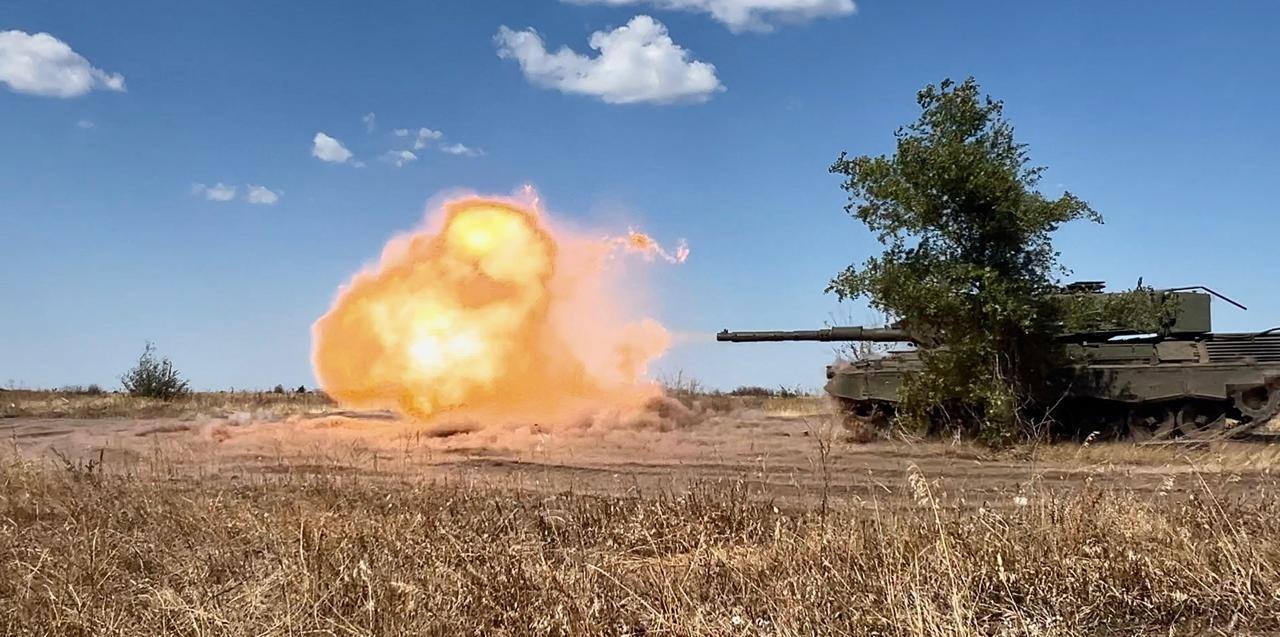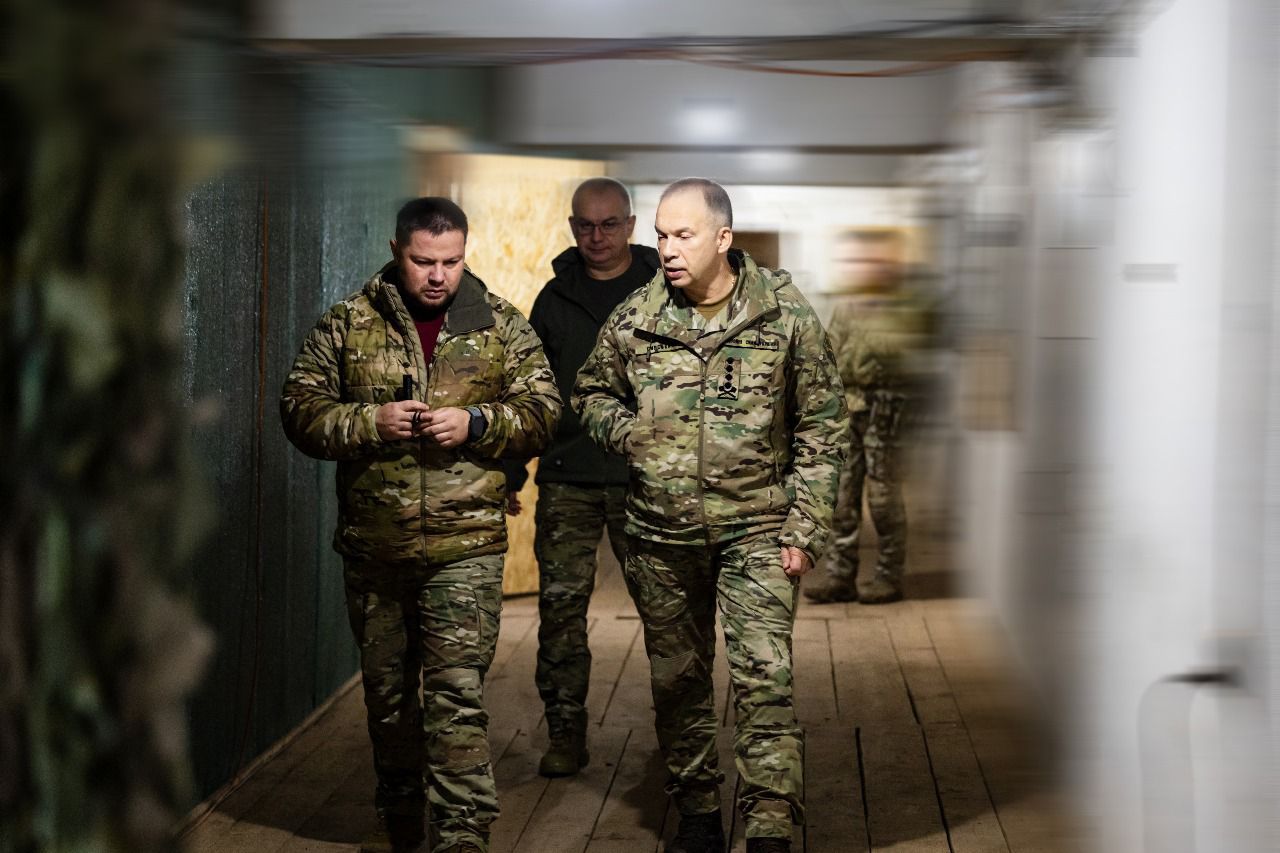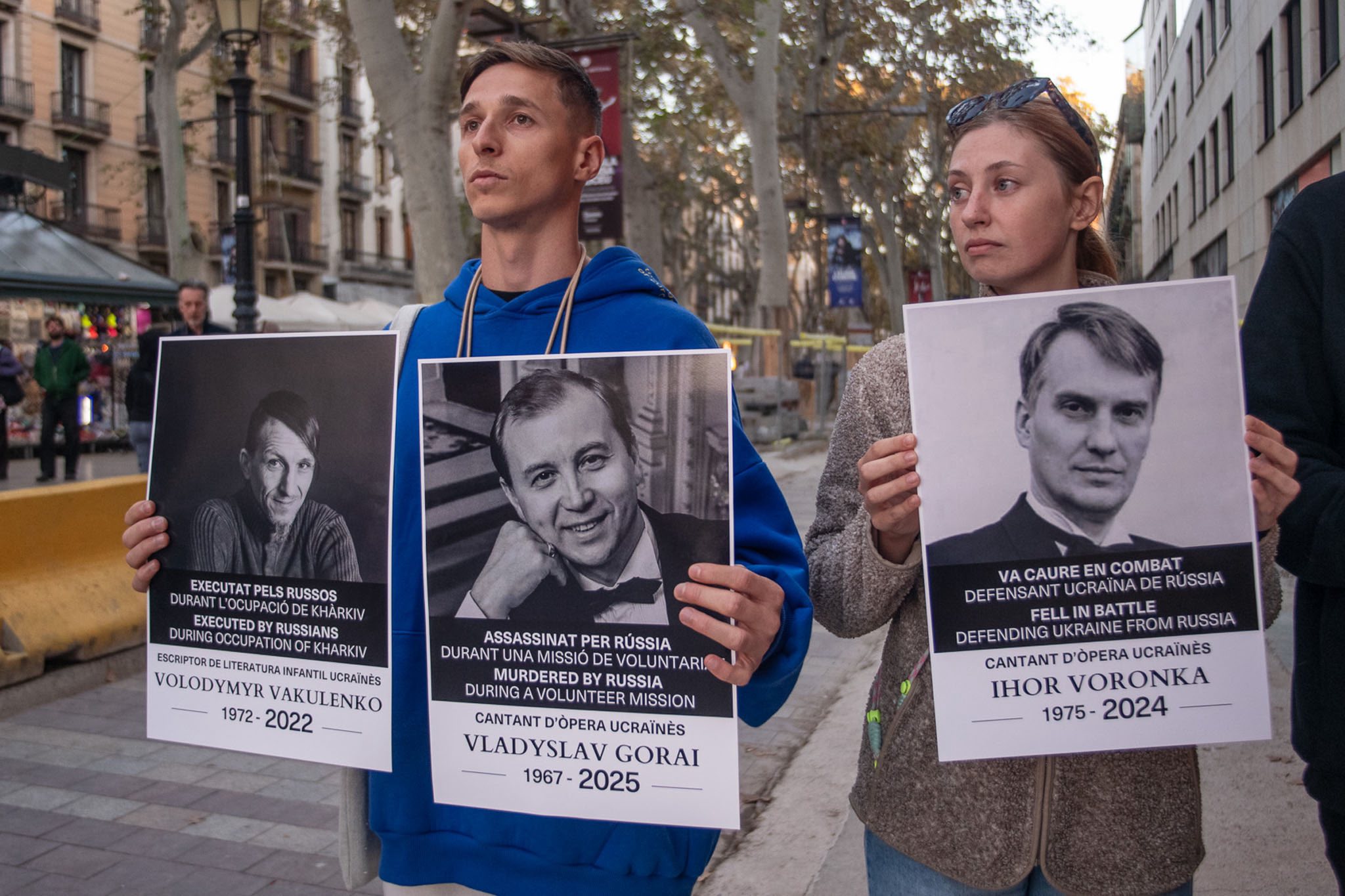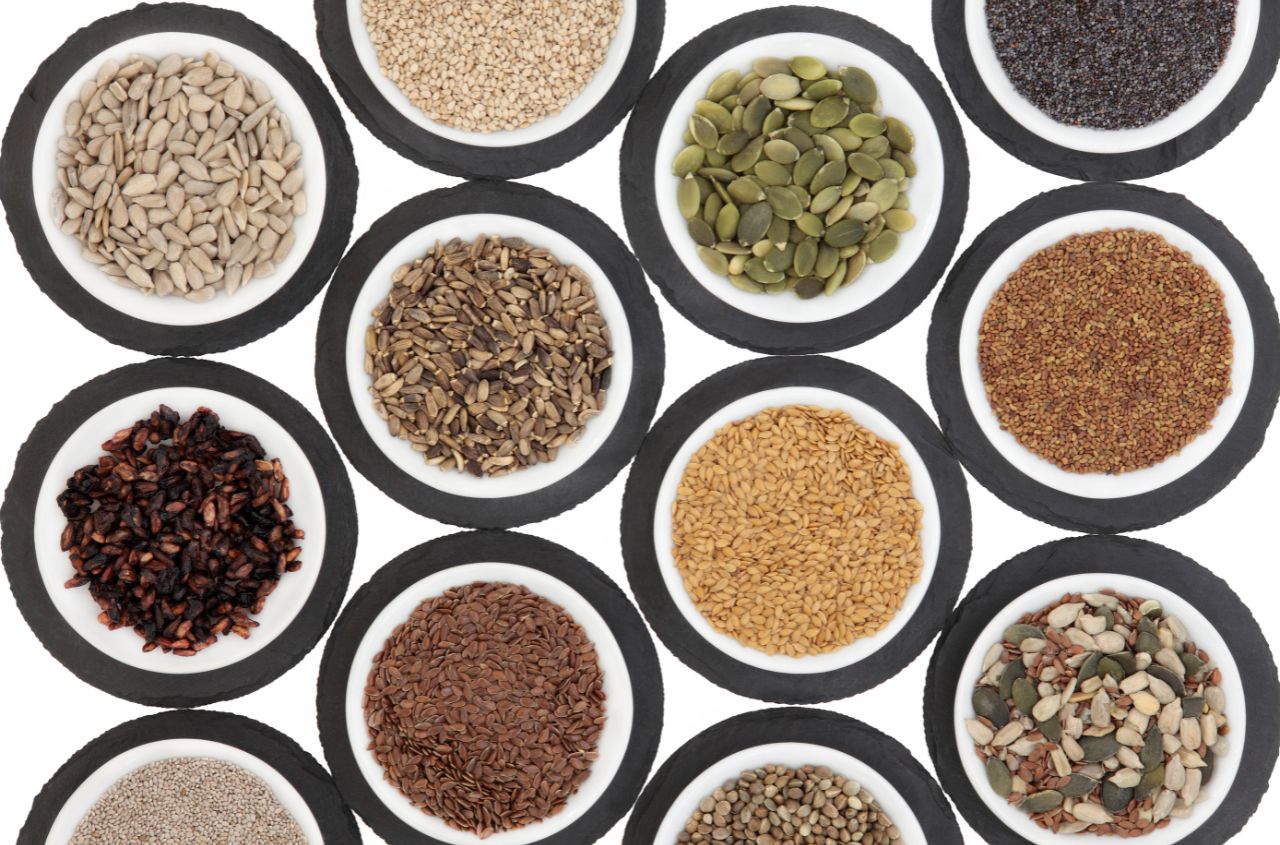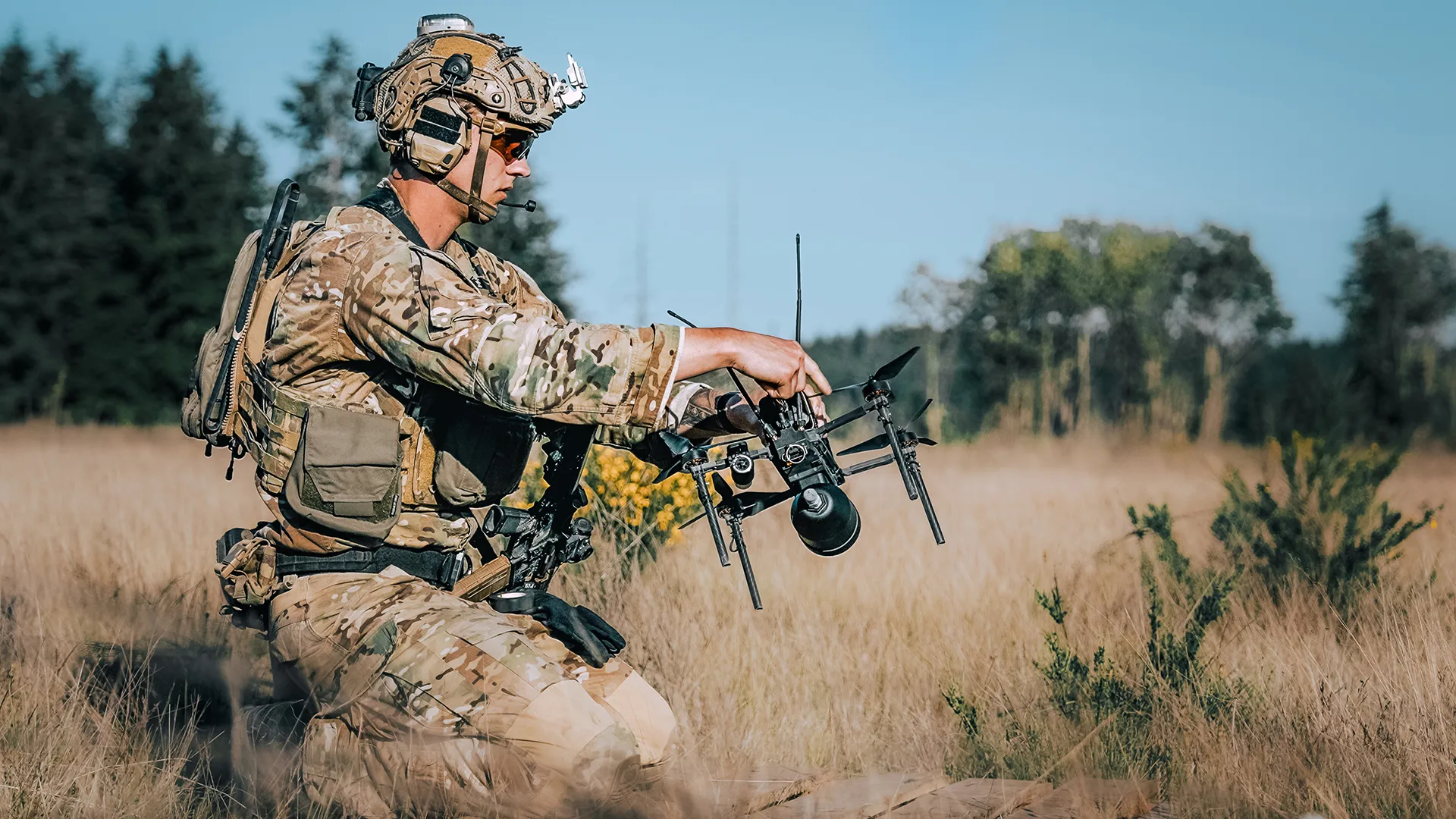The situation in the war with Russia is now approaching a critical point. The Kremlin urgently needs a visible, demonstrative success—a show of offensive power. A striking, map-visible result to signal to Trump and European leaders that there’s no point in saving Ukraine, implying that Russia can seize as much as it wants anyway. They also want to show us that a world on Russian terms is the only way to salvage anything. They need success. Immediately. Time is running out. Time works against them.
Predictions about the Russian economic crisis by the end of autumn are being confirmed. Civilian industries are in total collapse, and agriculture has suffered so much that food must be imported. Ukraine’s strikes on refineries, oil pipelines, and fuel storage have already had an effect. Gasoline prices have risen in some regions, and in others fuel has disappeared entirely. Rationing, quotas, and limits are likely to follow, triggering cascading problems. All of Russia’s military and civilian logistics rely heavily on railways, and recent strikes on 19 stations have severely slowed the system.
Recent strikes include Ust-Luga in St. Petersburg, a gas complex, and the Syzran refinery—successful hits within a single day. The Novoshakhtinsk refinery has been burning for five days, and nothing will remain intact. Ukrainian missiles are on the way, making previous drone strikes look like preliminary touches. Railway infrastructure, oil refining, and transport have proven to be vulnerable points for Russia. Things will only get worse.
It’s clear that Russia will eventually be forced to negotiate. The economy makes it unavoidable—the sum of sanctions and Ukrainian strikes has reached a critical mass. But the Kremlin does not want to enter negotiations from a position of weakness; they are accustomed to negotiating from strength, and for that, they need convincing successes on the front.
Over 110,000 Russian personnel are concentrated in the Pokrovsk direction. An attempted breakthrough toward Dobropillia initially raised hopes but ended in failure, with the enemy only able to save what they could. Just yesterday, Ukrainian forces liberated Zelenyi Hai, Mykhailivka, and Volodymyrivka. Reports and videos indicate progress in other areas, but this is not a full-scale counteroffensive nor the encirclement that could have been achieved if the enemy had not urgently redeployed reinforcements. Still, these are disrupted plans for the adversary.
Putin’s last hope for the coming month likely lies in a major offensive toward Zaporizhzhia. Concealing such an operation today is impossible, so everyone is already aware. In principle, there’s nothing new—it has been in preparation since last summer. However, the Ukrainian operation in the Kursk region forced the occupiers to urgently redeploy elite units, airborne forces, marines, and their best infantry there. They have now returned, reinforced from Russia and Crimea. Pokrovsk and Zaporizhzhia seem to be the Kremlin’s final attempt to enter negotiations from a “strong side dictating ultimatum terms.”
Our actions in this situation are logical and clear: hold the Pokrovsk direction and prepare a decisive response in Zaporizhzhia. There are only two possible avenues for their offensive there, allowing us to meet it strongly. At the same time, we continue to disrupt their rear, striking logistics, military-industrial facilities, and oil infrastructure. The bared teeth of Russia mean nothing when their legs are cut off and the body collapses. They believe they can succeed—we will once again convince them otherwise.









